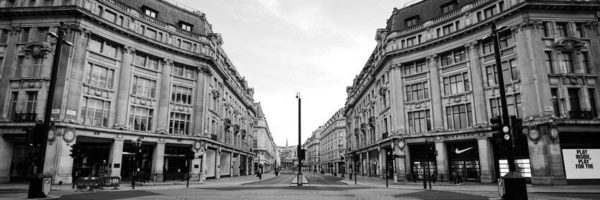So, if a town can create an appropriate experience or emotion, if it can define and communicate its ‘why’, or its overarching and unifying vision, it’s got some chance of success. A designer’s masterplan can be full of great ideas. But are they relevant, sustainable and viable? Do they relate back to the experiences that need to be satisfied to create a successful community?
To work, a masterplan must be wide-reaching; it must consider the customer – who they are, what they value, what they want. It must connect to the history and heritage of place and understand how to create the experiences people require.
In Newark, Nottinghamshire, we’ve recently been involved in a major regeneration proposal. When we began, there were so many familiar problems: a fading high street; poor housing stock; limited choice and opportunity. But we saw that simply closing retail and building flats wasn’t going to address the ‘why’. So we went to the people. We spoke with local businesses, residents, communities, schools. And after a long process of consultation and dialogue, we came to understand the unifying vision for change in our town: ‘everyone in Newark deserves to be part of a successful community.
We understood that in Newark, in order to deliver our ‘why’, our first ‘how’ was to create ambition: ambition in education, ambition for children and young people, for their wellbeing, for the quality of spaces and experiences available. We then considered the ‘what’ that would bring the ‘how’ to life – the creation of new educational establishments, new reasons to visit, and new experiences that will grow our ambition as a town.
Commercial viability is often challenged by underlying values and traditional measures of success. But in Newark, we are looking at success based on economics, social mobility and environmental sustainability, and wherever possible using council covenant or finances to support private sector engagement in the town. We know that if get the ‘how’ and ‘what’ working we will have more appropriate retail, more and better housing, more pride, more emotion, more loyalty and more success. And in this way, ‘why’ of Newark will be realised.
Over the past five years, we’ve been developing our own internal Handley House team and network of external supporters to help clients understand, articulate and achieve the ‘why’ of place. We bring skills and people together to enable early involvement in the project lifecycle, ensuring that the unifying vision of place is carried through to completion. We’ve done it for Newark, and we continue to replicate this model the world over.
Now is a fascinating time for the UK’s urban landscape. We must grasp this opportunity to stimulate urban renewal and regeneration, and deliver lasting social, economic and environmental value across our town centres.
See more of our work.

